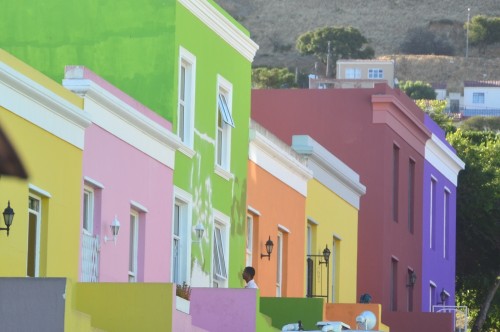
While walking around an otherwise uninteresting part of Cape Town last Friday evening, my eye was drawn to a colorful patch off to my west. Closer squinting – and, subsequently, exploration – revealed said patch to be a neighborhood called Bo Kaap, which is Cape Town’s Malay quarter.
Although Bo Kaap is not, as I briefly assumed, the Cape Town neighborhood featured in Solange Knowles’ fabulous new video “Losing You,” it is nonetheless the most interesting Cape Town neighborhood I have explored thus far.
Why not have a look for yourself?
This row of houses on Wale Street was my first sign that I was in for something special.
Getting to Bo Kaap is simple from most places in central Cape Town. The easiest (and, some would argue, safest) way is simply to take a cab, although part of the fun of visiting a place is the journey there, if you ask me.
If you’re also a big believer in the importance of journey relative to destination, simply walk to Long Street.
Long Street is a busy north-south thoroughfare just west of Cape Town’s railway station, and walk south along it until you get to Wale Street. Then, turn right – for cardinal-direction people, that’s west – and follow it until you see the colorful houses.
The Vibe of Bo Kaap
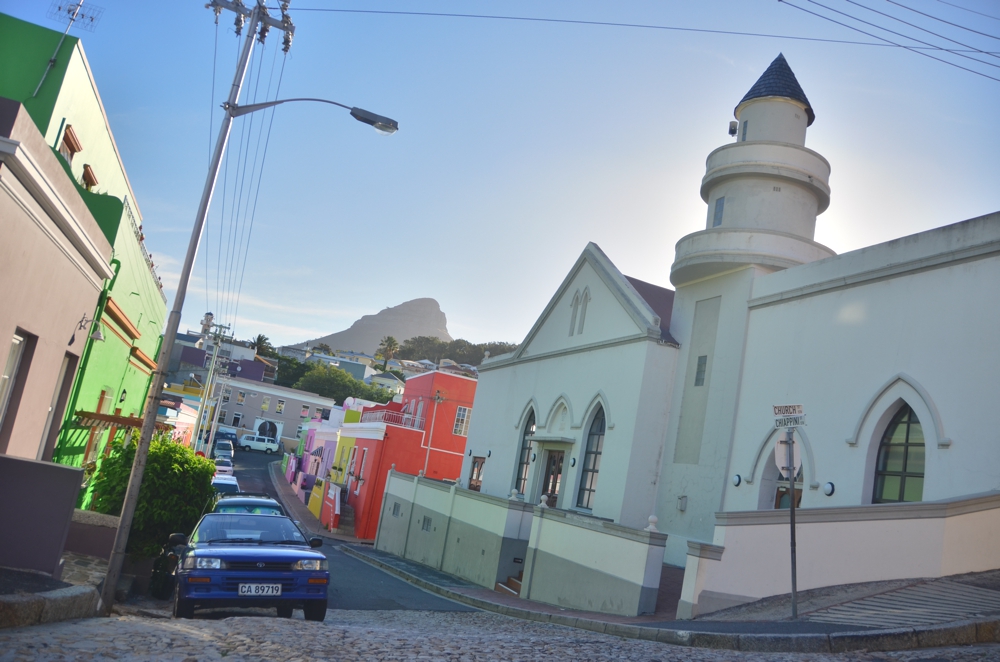
Bo Kaap’s varied topography, exotic scenery and colorful paint job give it the impression of being wild.
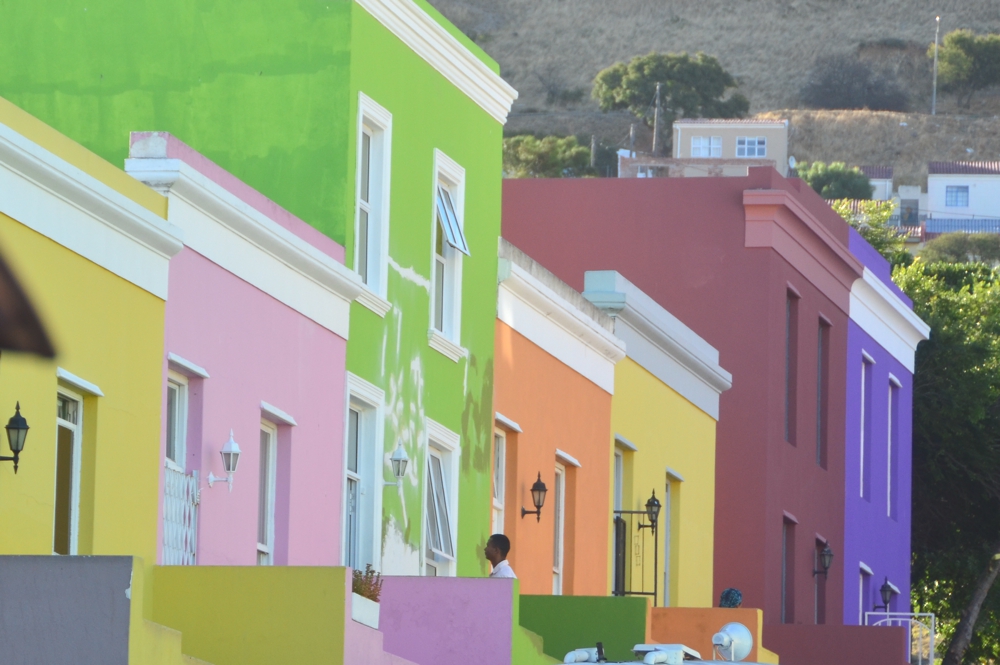
Bo Kaap’s colorful houses, especially when paired with the exotic looking mountains that rise above them – Table Mountain on one side, Lion’s head on the other – give it a rather wild vibe, for lack of a better word.
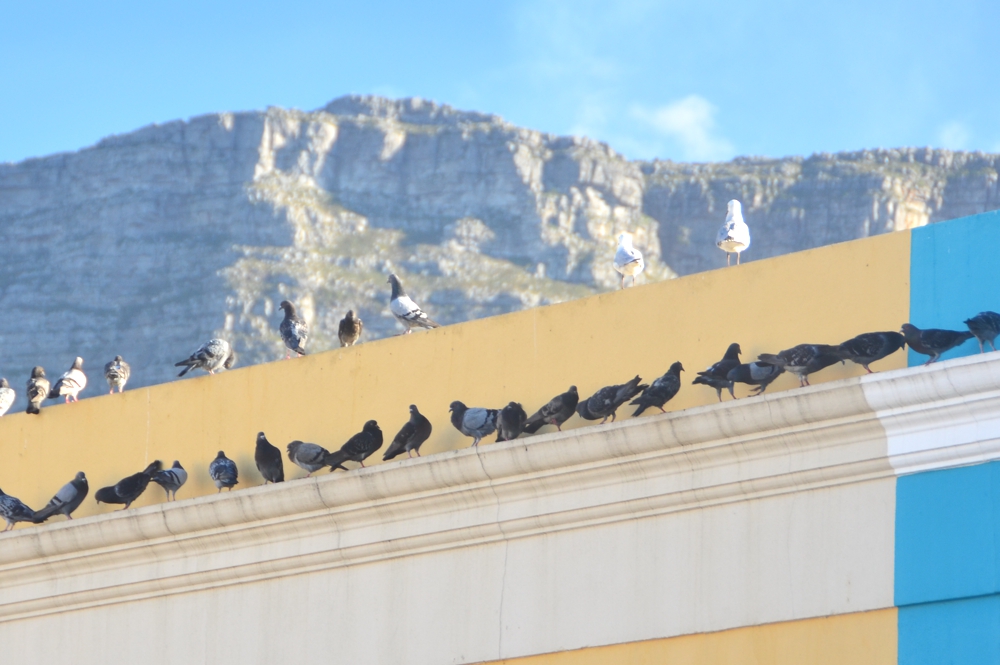
Like because, as I mentioned, I initially thought Bo Kaap was where Beyoncé’s less-famous sister’s music video had been filmed, I expected it to be a neighborhood full of eclectic, artsy black people. In fact, Bo Kaap is home to Cape Town’s Malay community.
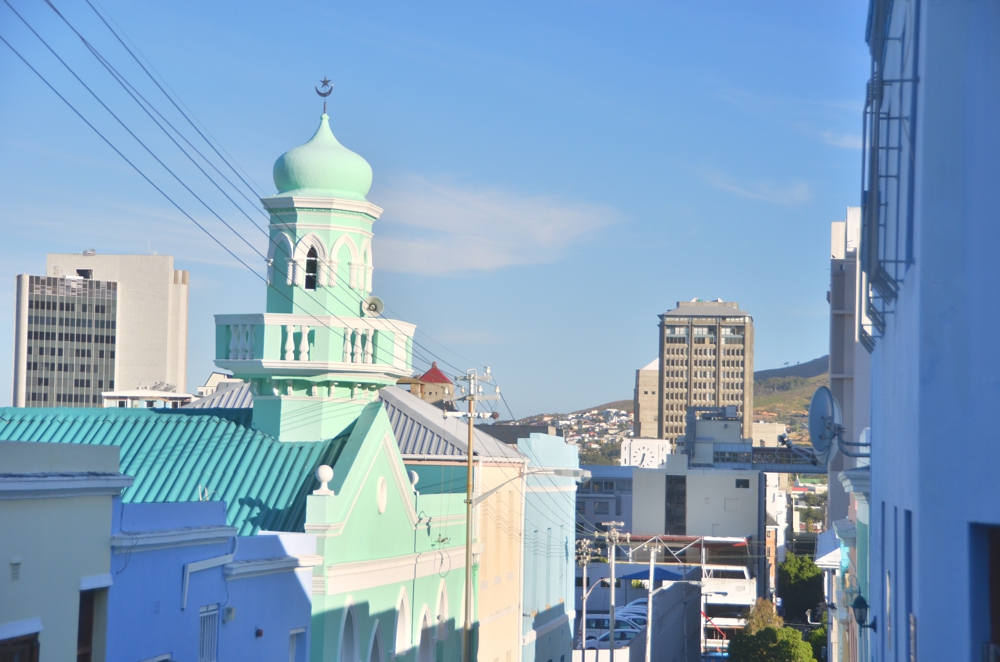
This is not to say Malay people are boring, but because they are predominately Muslim, they seem quite proper – you might even say reserved. (Although to be fair, I hear Bo Kaap is less than safe at night).
Whatever the underlying reason, I don’t feel that the vibe of Bo Kaap matches its aesthetic – and that’s perfectly fine!
Bo Kaap Museum
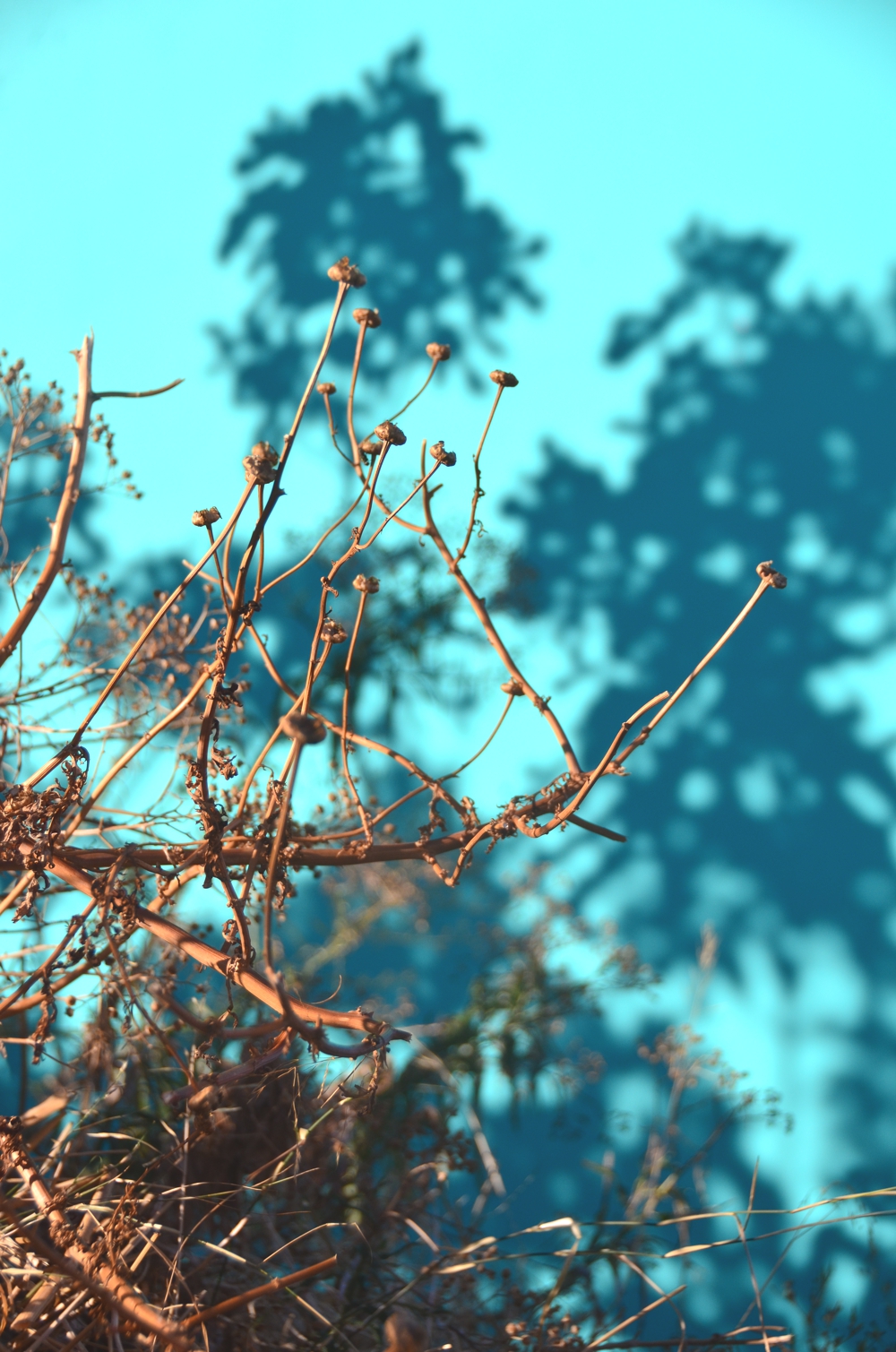
Bo Kaap is as intriguing in its finer details as if is in the bigger picture
Bo Kaap, which is really more a township rather than a neighborhood, has been inhabited by Muslim settlers (and, later, freed slaves) since the mid-18th century.
The best place to get the low down on Bo Kaap’s rich cultural history is the Bo Kaap museum, located in the heart of the neighborhood on Wale Street, presents life as it would’ve been lived by a Muslim family in the 19th century.
Tana Baru Cemetery
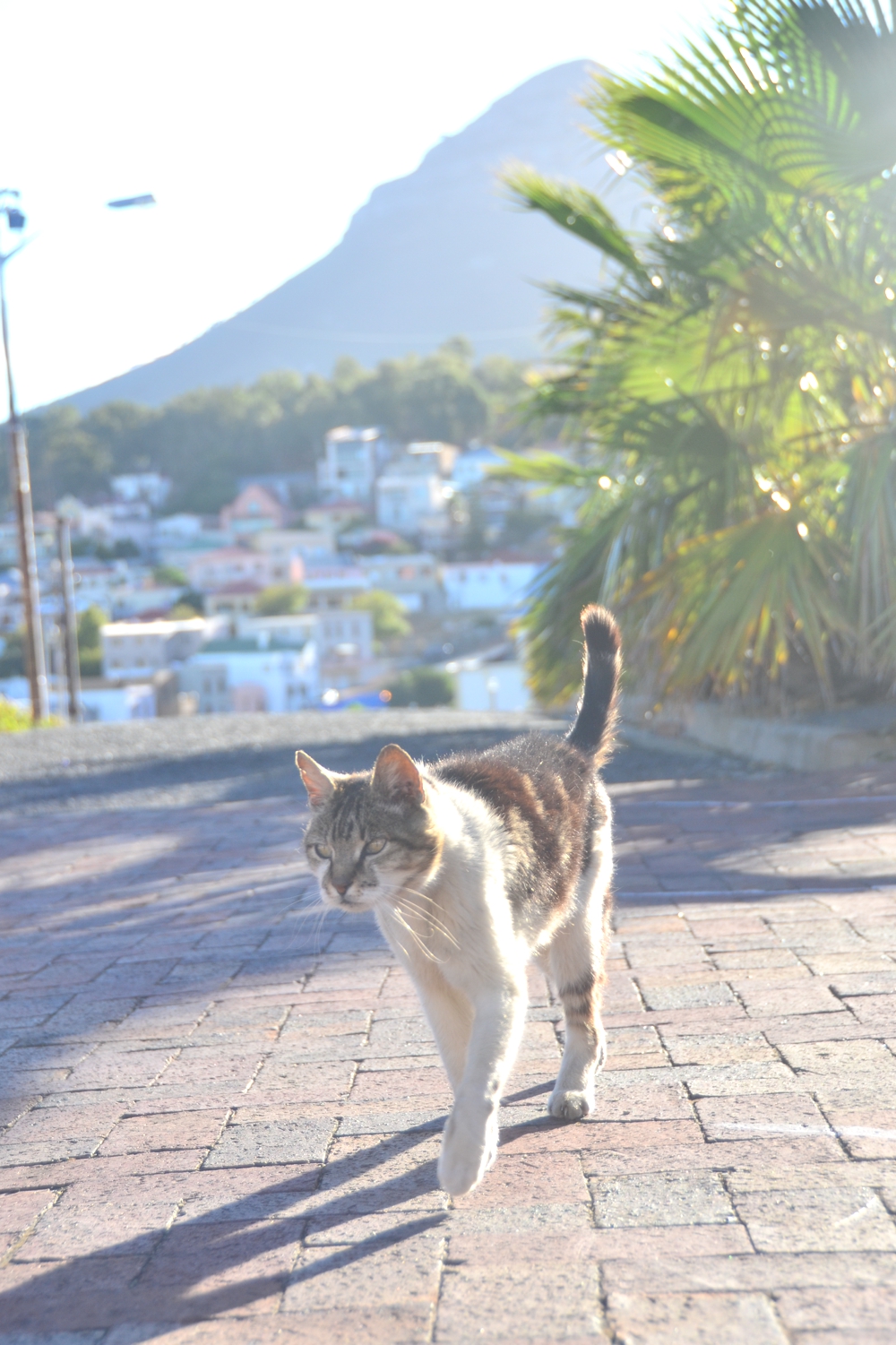
I stumbled upon the Tana Baru cemetery accidentally, while attempting to walk up a hill and find a viewpoint. Ironically, Tana Baru is much more of a viewpoint than a cemetery – there aren’t many conspicuous grave markers.
I recently read online that the Tana Baru cemetery was officially closed – and to be sure, after a few minutes of walking around, I ran into a woman who didn’t seem to be to happy I was there – but I can’t imagine anything bad befalling you if you visit.

Robert Schrader is a travel writer and photographer who’s been roaming the world independently since 2005, writing for publications such as “CNNGo” and “Shanghaiist” along the way. His blog, Leave Your Daily Hell, provides a mix of travel advice, destination guides and personal essays covering the more esoteric aspects of life as a traveler.








